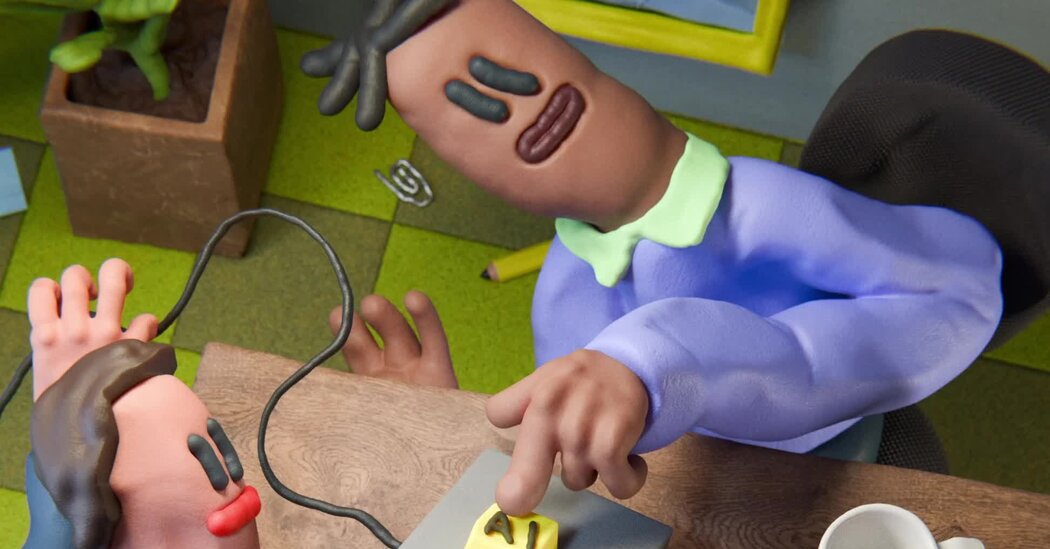
This means that rather than have rookie employees compile reports or write memos — things the A.I. is good at — you might have them start, say, creating new ideas for products right away. Traditionally, this kind of work would be reserved for deeply experienced workers, but it won’t need to stay that way. By empowering young, inexperienced workers, A.I. can enable them to be more entrepreneurial, faster. And this means that a greater range of the organization — with a wider range of perspectives — can be hunting for new great ideas or new areas for growth rather than busying themselves with repetitive office tasks. “As this starts to take off, we’ll find ourselves in a new economy,” Raman said. “Something like the ‘innovation economy,’ with entrepreneurialism as its core.”
Creative decision-making will also most likely become core to a company’s competitiveness. Businesses where intelligence and expertise are the differentiating traits will have to pivot. Take financial-services firms, for example. Once all these firms have access to the same powerful intelligence, how do they stand out from one another? The answer may be found in “taste” roles — how they communicate and market themselves, how they show up to customers, their creative philosophies. You could see a role here for a differentiation designer, whose remit combines branding, philosophy, product, risk tolerance and creative execution.
There’s plenty of reason to lament the loss of craft, of course. It’s grim to imagine an age when our writers don’t write, our musicians don’t play instruments and our illustrators don’t draw. But that’s not really the age we’re entering; the act of craft, after all, will always have a huge impact on thinking. Mollick sees this even when it comes to his academic writing. “I will have it do research in advance, but I will never let it write before I write,” Mollick said of A.I. “I have to write messily to think something through. Otherwise, the A.I. will dominate my thoughts.”
The reality is that people will continue to draw, write and play instruments out of preference and out of need — it’s how they work and think best. But as we enter a radically abundant age in terms of creation, we are certain to see a lot more avenues to creative output that don’t involve the same level of craft. These will come with pitfalls, yes, but also advantages.
Seamans uses Pixar as an analogy to explain the potential benefits of the shift. Before Pixar, he said, “there were these folks who were really high-end in terms of their craft.” Animators put a lot of energy into the drawings in each frame. But once computers could automate that work, the role of the animators shifted. “They were able to spend a lot more time — and, for that matter, put a lot more resources toward — thinking about storytelling and plot development.”